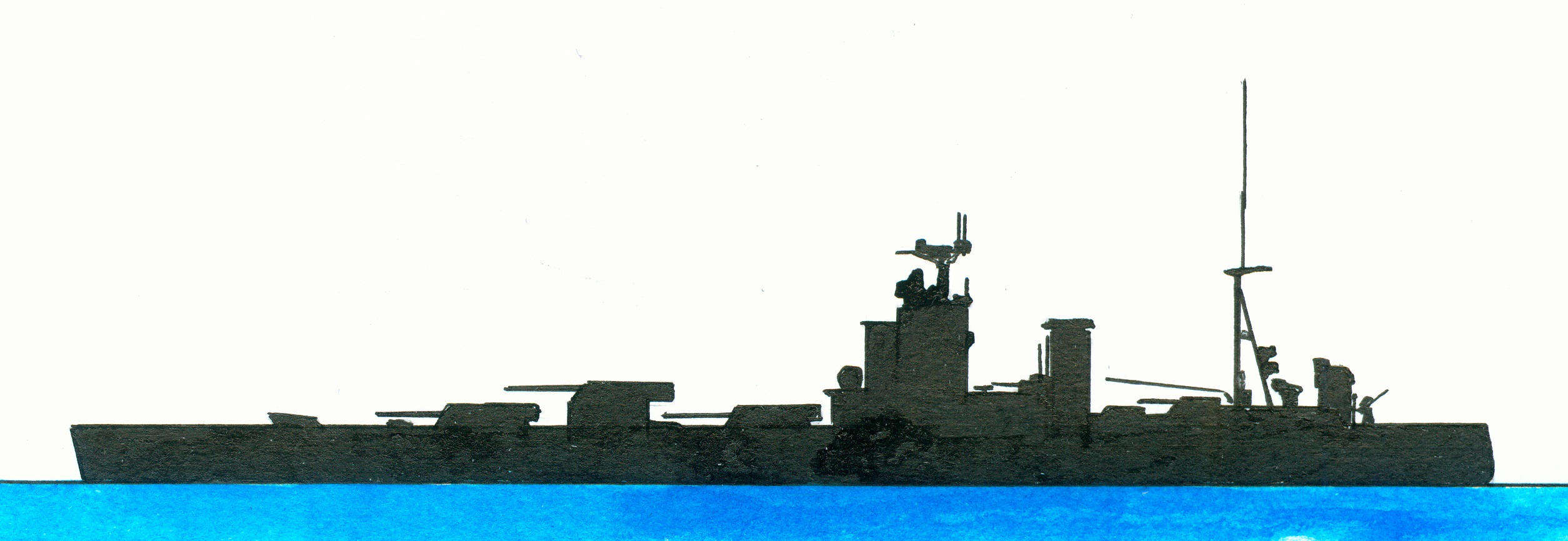American North Carolina-class
British Nelson-class
An item referred to the naval correspondent of the Daily Telegraph who wrote using well-informed American sources that the new designed American battleships (1) were stronger than the British Nelson-class (2) battleships which were the strongest the British Royal Navy possessed. Against the 9 main guns of the British ships had the American ships 12 guns of the same calibre although with a larger range. In contrary to the largest American warships at that time with a fuel capacity of 4.550 ton was in the new design the capacity increased to 7.000 tons make a trip around the world at once possible. The new ships were able to serve as floating bases in case of a war far from the American coasts.
Notes
1. The concept of a battleship with a speed of 27 knots and 3x4-35,56cm/4” was left and finally chosen for the concept of 3x240,6cm/16” /45 Mark 6 guns (2 turrets fore, 1 aft) and a speed of 28,5 knots, the North Carolina-class consisting of the North Carolina and the Washington built between 1937-1941.
2. Nelson-class consisting of the Nelson and the Rodney. A simplified design of the N-3 battleships which was cancelled by the British Royal navy as a result of the Washing Naval Treaty of 1922. She was to able to compete with the USS Colorado and the Japanese Nagato battleship classes. The main armament consisted of 3x3-40,6cm/16" guns all on the fore ship. Building of the Nelson was ordered in 1922, laid down on 28 December at Armstrong-Whitworth, Newcastle, England launched on 3 September 1925, commissioned on 15 August 1927, 1941-1942 extensively repairs needed as a result of an Italian torpedo, decommissioned in February 1948 and on 15 March a year begun her breaking up. Rodney laid down at Cammell Laird, Birkenhead, England on 28 December 1922, launched on 17 December 1925, completed in August 1927, commissioned on 10 November 1927, decommissioned and sold to be broken up on 26 March 1948.


